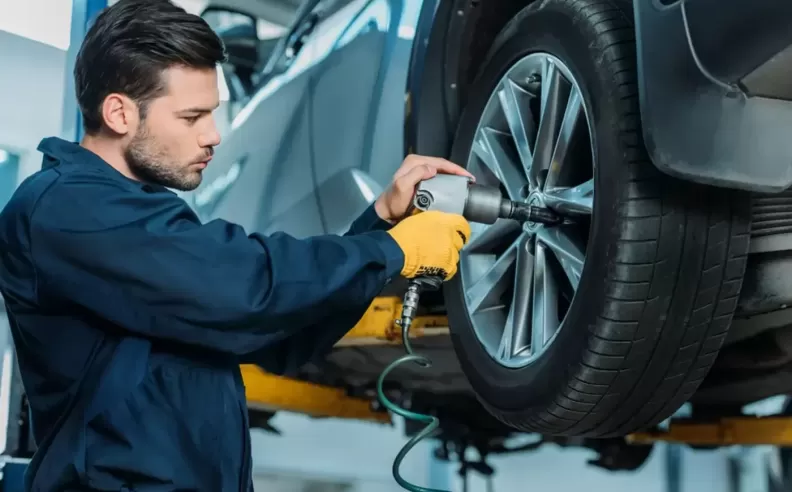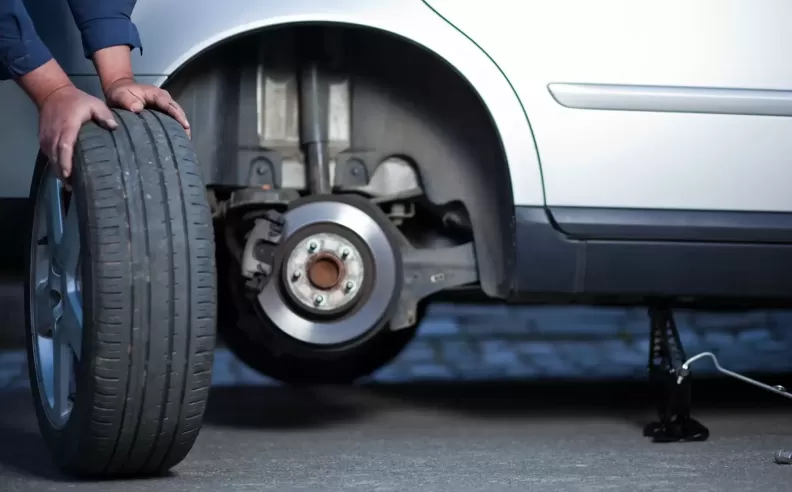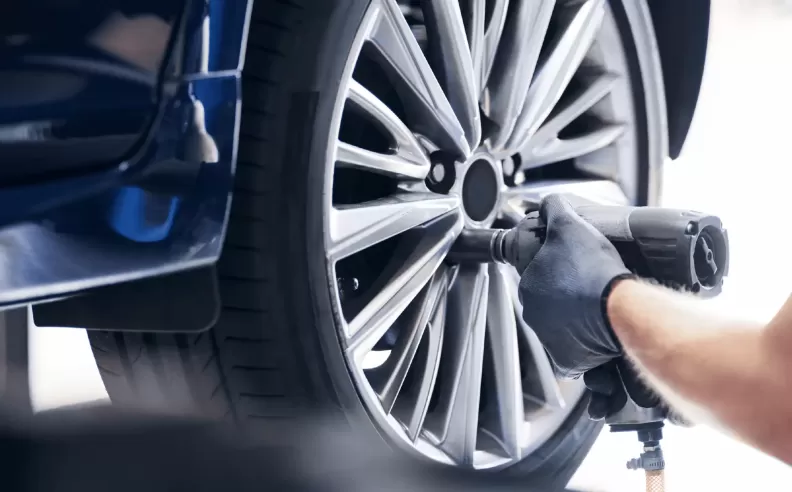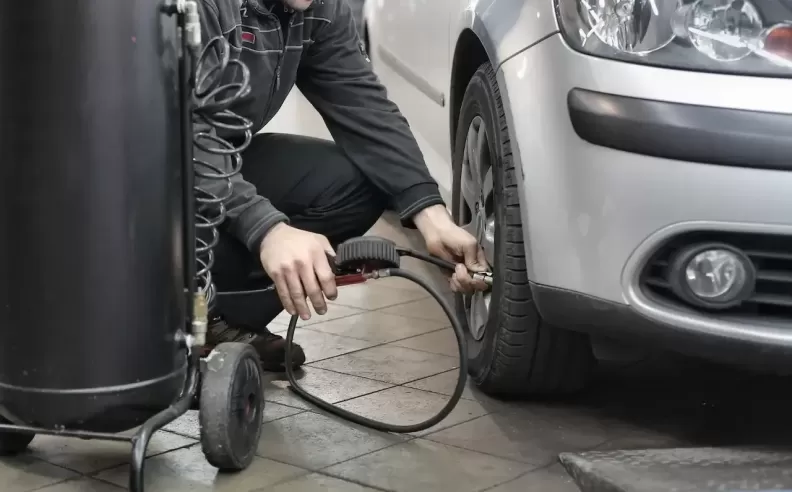
Tires are the only thing that keeps your car safely on the road, yet drivers often spend big on sound systems or fancy rims while trying to save money on tires. A video from Andy’s Auto Advice has gone viral with a simple warning: never change just two tires. But is this mechanic always right, or is the real answer more complicated?

The popular rule says you should change all four tires at the same time, but the truth depends on your car. If you drive an all wheel drive vehicle, most carmakers recommend replacing all four together to keep the system working smoothly. This is because different tire sizes or tread wear can stress the drivetrain and lead to expensive repairs.
If your car is front or rear wheel drive, you might get away with changing only two tires. The key is to always put the new pair on the rear axle, no matter which wheels power the car. This helps keep the back of the car stable, especially during hard braking or in wet weather. Spinning out from old rear tires is much harder to control than losing traction up front.

Saving money on tires usually leads to bigger costs and headaches down the road. Cheap tires lose their grip faster, get noisy and rough, and have a harder time keeping traction in rain or heat. Even new budget tires do not stop as well as higher quality options, and as they age, the risk of sliding or losing control rises.
Experts recommend checking tire pressure every month, rotating your tires every eight to ten thousand kilometers, and replacing them before the tread gets dangerously low. Make sure to choose tires suited to your local climate and your driving style, not just the lowest price tag. In the end, the best safety upgrade you can give your car is a set of quality tires installed the right way and checked often.

Started my career in Automotive Journalism in 2015. Even though I'm a pharmacist, hanging around cars all the time has created a passion for the automotive industry since day 1.
